Soccer is a game of tactics, and having a robust strategy can be the difference between frustrating your opponent and opening up your own scoring opportunities.
When dealing with teams that press hard and attack with aggressive intent, employing a formation that prioritizes defensive solidity while offering quick counter-attacks can help turn the tide in your favor.
This article checks out various formations and tactical adjustments designed to provide a secure defensive base that can swiftly transition into counter-attacks.
It covers multiple aspects, from compact defensive organization to the specialized roles that ensure a dynamic response to opponents’ moves.
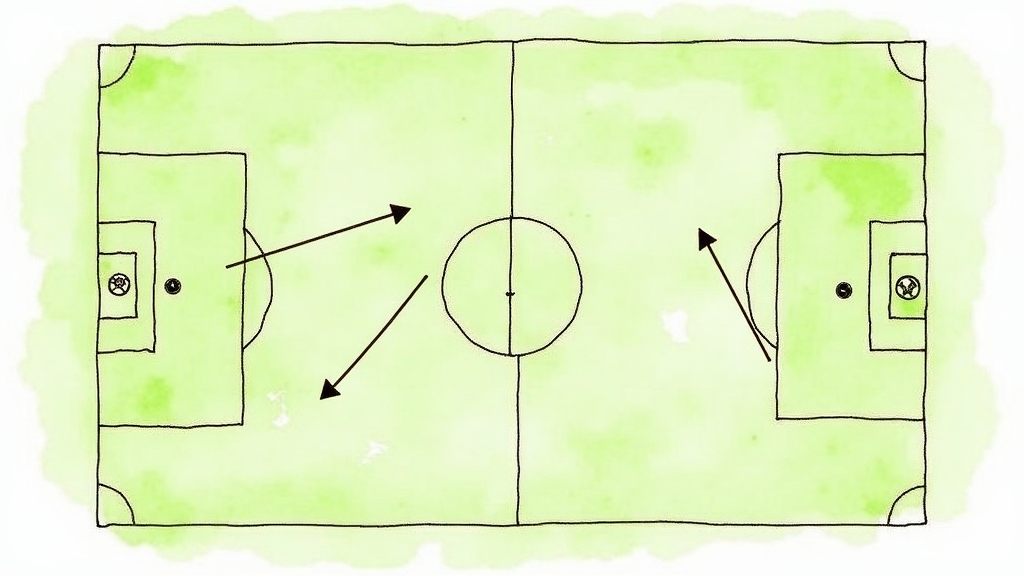
Defensive Foundations: Crafting a Compact Formation
When you face an opponent known for heavy pressure, the first priority is to create a compact formation that minimizes gaps and makes it difficult for attackers to find space. Popular defensive formations such as 4-4-2 or 5-4-1 offer a solid structure.
In the 4-4-2, two banks of players provide cover in both defense and midfield while allowing two forwards to remain alert for counter-attacking opportunities.
Similarly, a 5-4-1 may seem conservative but it has the advantage of lining players up so that opponents are forced to work hard to penetrate the defensive layers.
Key considerations for building a compact formation include positioning your defenders deeper than usual.
With this approach, players can absorb pressure closer to the goal area, forcing the opposition to play in tighter spaces.
The emphasis is on eliminating gaps between lines and ensuring that defensive transitions are smooth.
Players are encouraged to stay close, support each other, and be aware of changes in the opponent’s attacking strategy.
A compact defensive shape can not only restrict direct threats but also enable your team to better organize and prepare for launching counter-attacks once possession is regained.
In addition to the backline adjustments, midfielders play a fundamental role in strengthening the defensive structure.
Midfield players are tasked with intercepting passes and stifling the opponent’s build-up play.
The aim is to reduce the number of passing lanes available to attackers.
When everyone is in the right place at the right time, attackers are forced into making hurried decisions, giving your defensive players an opportunity to intercept and regain control of the ball.
Pressing Triggers and Midfield Mastery
Selective pressing is a smart way to deal with opponents who press hard all the time.
Instead of a full-scale, high press that might leave gaps behind, setting up pressing triggers and using a zone-based defense can be very effective.
Triggers like a back pass or a misdirected pass in a vulnerable area might be the moment when the team decides to press aggressively.
In these instances, players are trained to recognize the cues and close down the ball quickly.
Midfield organization is equally vital.
Deploying a double pivot in midfield provides extra cover for the defense.
These two players help in controlling the game, breaking up attacking plays, and initiating the transition to attack.
The midfielders strategically position themselves to intercept passes and support the defensive line, ensuring that the opponent has little room to maneuver.
While the defenders hold the backline, midfielders must remain alert to turn defense into offense.
Transition play is central to this tactic.
Once the ball is recovered, successful teams look to push forward quickly, catching the opponent off guard.
Quick, short passes in the midfield create overloads which lead to counter-attacking opportunities.
The idea is to frustrate the pressure tactic by converting defense into speed and catching the opposition while they are reorganizing.
Counter-Attacking Tactics: Speed and Precision
While a team builds its defensive foundation, it must also be ready to switch gears into the attacking phase without delay.
Counter-attacking strategies rely on speed, precise passes, and players who can exploit the spaces left open by an overly committed attacking team.
The key is to use quick wingers or forwards who can make runs at pace.
As soon as the ball is won, these players take off into spaces behind the opponent’s defenders.
One practical tactic is to use long balls and quick directional passes that bypass the congested midfield.
These passes can catch an opponent’s defense unprepared, setting up one-on-one situations against a slower defender or goalkeeper.
For this method to work effectively, the player delivering the pass must have a clear view of the potential run while teammates make timely support moves into the channels.
Consistency in counter-attacking also comes from fast combinations.
A series of rapid, short passes can dismantle the opponent’s structure during transitions.
Overloaded areas are created by combining quick midfield transitions with effective overlaps on the wings.
The timing of these plays is crucial. Excessive hesitation gives the opposition time to reposition, nullifying the advantage of a counter.
Therefore, players must be well-drilled in these movements for their sudden burst of speed to be effective.
The Role of Specialized Positions and Set Pieces
Every component on the field plays a critical role in ensuring both defensive solidity and effective counter attacks.
Among these roles, specialized positions like the goalkeeper and the sweeper keeper can be game changers.
A goalkeeper confident with the ball at his feet can step out of the penalty area to clear loose balls. This proactive role allows him to act as an additional defender and restart the play quickly during transitions.
Set pieces provide another opportunity where the advantages of this dual approach can be maximized.
When your team is defending, organized set piece routines can prevent the opponent from exploiting free-kick opportunities.
Players are assigned specific roles and marked tightly to neutralize the opposition’s threats.
Conversely, set pieces offer a chance to score. Well-rehearsed routines can see your team launch a surprise counter, particularly when the opposition anticipates only a defensive response.
The key is discipline; every player has a role, whether clearing the ball or making a forward run.
Understanding these specialized roles and set-piece opportunities is what separates good teams from great ones.
Training sessions dedicated to these situations help players become intimately familiar with their responsibilities and the precise timing required for counter movements.
When every player commits to both defensive organization and attacking transitions, this dual tactic is more likely to succeed.
Getting the Most Out of the Dual Approach
Successful implementation of a formation that caters to both defensive solidity and counter-attacking relies on several extra details.
A few practical pointers can help maximize its effectiveness. First, adaptability is key.
It is important to evaluate the opponent’s strengths and weaknesses, which may require adjustments in formation during the match.
Managers or Coaches often need to tweak their strategies based on in-game observations.
Emphasizing mental resilience and discipline among players can give these tactical plans a boost.
Every team member must understand that maintaining structure is very important, even when switching from defense to attack.
Communication is vital.
Players need to ask for support, cover for each other, and exchange positions as needed.
Such cooperation helps maintain the overall shape of the team and ensures that counter-attacks are executed with a high degree of precision.
An effective dual approach also depends on the training regime.
Drills that simulate real match conditions, including transition drills and rapid counter-attacking scenarios, help players become comfortable with changing roles on the fly.
Additionally, a strong focus on conditioning ensures that players have the stamina and speed required for sudden sprints into attack while still being able to sustain high levels in the defensive phase.
This dual strategy is not without its challenges.
It often requires a high level of tactical awareness and coordination.
However, when implemented successfully, it provides a team with a flexible toolset that can sap the opponent’s confidence while capitalizing on any mistakes made by them.
Regular practice and tactical education are key elements in winning games using this method.
The Dual Approach in Action: Final Thoughts
Bringing together defensive solidity with rapid counter-attacks requires careful planning, sharp communication, and a deep understanding of the game.
A formation that appears focused solely on defense actually acts as the foundation for launching effective counters when opportunities arise.
Whether setting up a team in a 4-4-2 or opting for the extra stability of a 5-4-1, the goal remains the same: to fend off heavy attacks while remaining ready to take advantage of any opening presented.
This tactical balance is built on discipline, understanding, and constant practice.
Coaches and players who invest time in mastering the nuances of these formations tend to perform better under pressure.
It is about combining strong defensive principles with the speed and decisiveness required to turn defense into dangerous counter-strikes.
With attentive coaching, detailed planning, and dedicated training, your team can build a reputation for being extremely tough to break down and explosive on the counter.
Soccer, like any sport, demands adaptability and a willingness to adjust tactics based on the strategies of opponents.
Embracing a dual approach equips your team with a versatile strategy that can keep opponents on their toes.
Maintaining structure while seizing opportunities can lead not only to saving points but also to winning matches.
Additional Insights and Tactical Considerations
The modern game of soccer is constantly evolving, and teams must be ready to mix things up as new strategies emerge.
Coaches often find that the real magic lies not only in rigid formations but also in the flexibility and instinct of the players on the field.
Spending time to talk things through during training can help players adjust their positioning when the situation calls for it.
This type of on-field intelligence is built over time, through drills that simulate high-pressure scenarios and rapid transitions.
An effective strategy is one that is molded by experience and the unique strengths of the players involved.
It is also very important to consider the psychological aspects of these tactical shifts.
When players are fully aware of their roles and responsibilities, it instills confidence across the team.
Clear communication during high-pressure moments can smooth the path from a defensive set-up to a swift counter-attack.
Coaches are encouraged to spend time reviewing game footage and discussing possible improvements in team shape.
This not only helps in identifying the strengths and weaknesses of the formation but also empowers players to trust in their abilities when the game demands quick decision-making.
Another element that can give a boost to your tactical game plan is the incorporation of specialized training routines.
For instance, working on quick, one-touch passing drills that mimic match conditions can help players develop an instinct for rapid transitions.
Additionally, conditioning sessions that focus on both speed and endurance are vital.
Players who can maintain high levels of performance for the entirety of the match allow the strategy to remain effective until the final whistle.
Lastly, blending tactical awareness with creativity on the field can be the ultimate game changer.
While discipline and structure are the backbones of a solid formation, the ability to improvise when opportunities present themselves can elevate the team’s overall game.
This balance between structure and spontaneity often distinguishes a good team from a great one.
By continuously refining both the strategic and creative aspects of play, teams can stay a step ahead of increasingly clever opponents.
Wrapping up, it’s clear that a well-rounded tactical approach that emphasizes both solid defense and rapid counter-attacking abilities can serve as a powerful recipe for success.
With persistent practice and a commitment to improvement in every aspect of the game, teams can position themselves not only to thwart the opposition but also to capitalize on every moment of opportunity.
Happy soccer season!!!!!!!!!!
Get all the latest on defensive formations and attacking!!!!!
Here’s a little transparency: Our website contains affiliate links. This means if you click and make a purchase, we may receive a small commission. Don’t worry, there’s no extra cost to you. It’s a simple way you can support our mission to bring you quality content.”

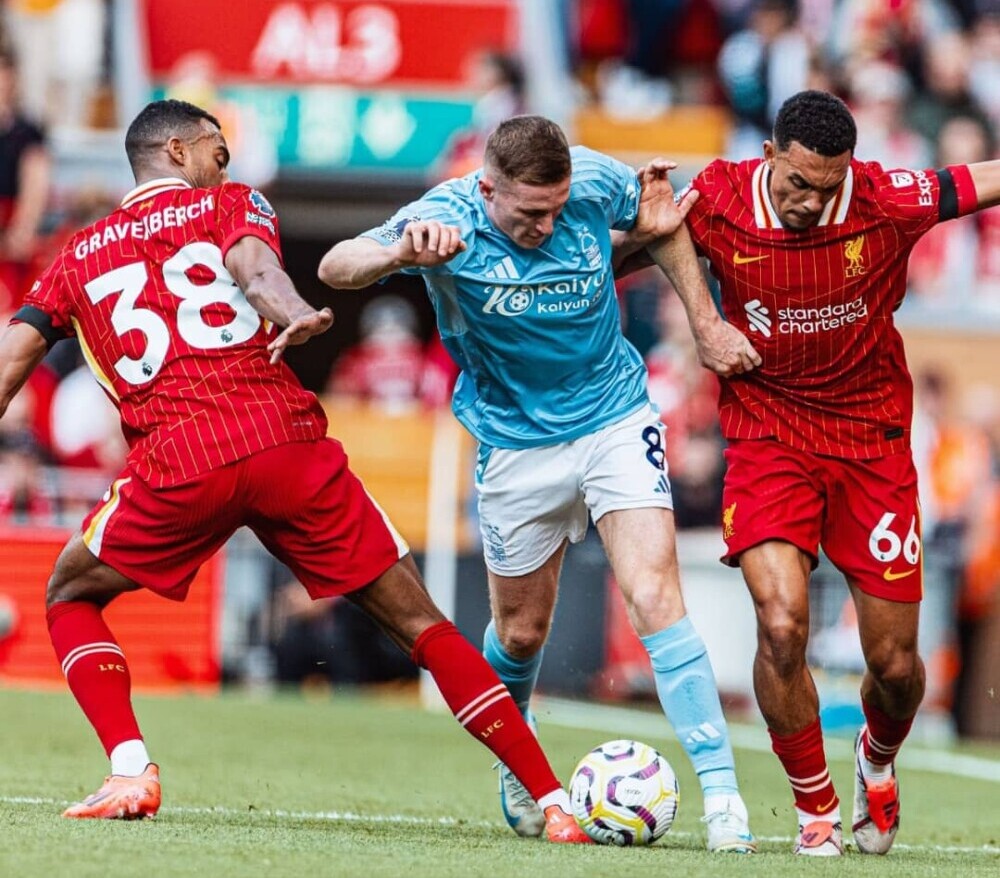
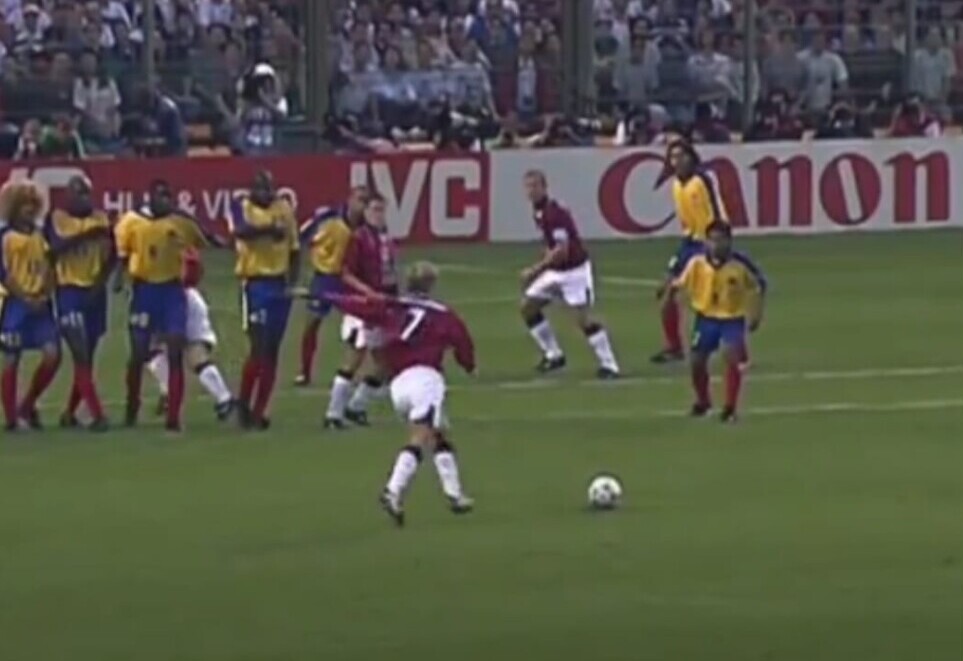
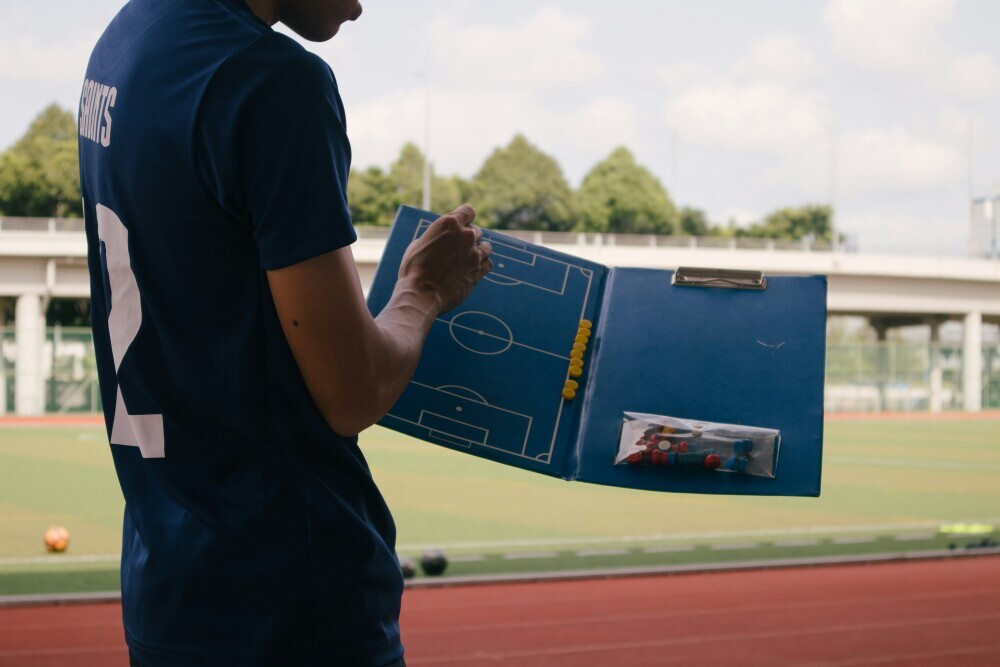
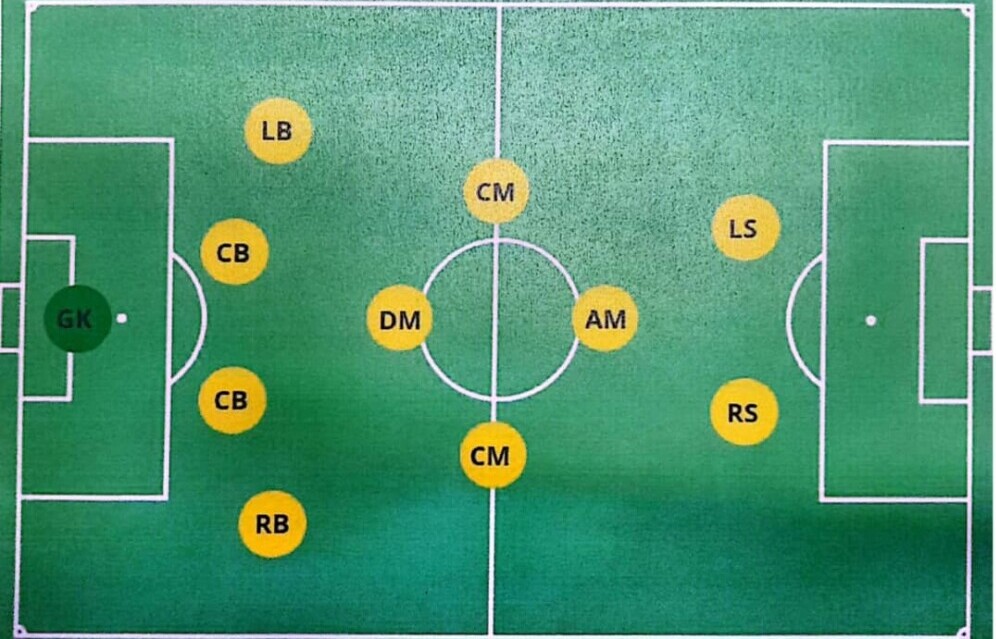
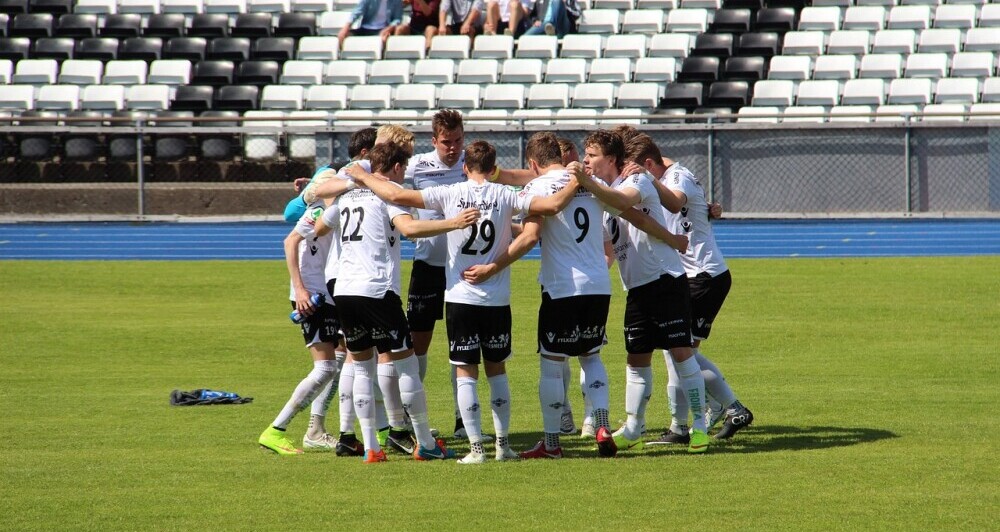
This article does a fantastic job of highlighting the importance of a well-structured defensive setup and its role in launching effective counterattacks. Maintaining a compact formation, whether 4-4-2 or 5-4-1, is crucial in frustrating high-pressing opponents while keeping attacking options open. The emphasis on pressing triggers and midfield control is particularly insightful. Recognizing key moments to apply pressure can make the difference between winning possession or being overrun.
The breakdown of counter-attacking tactics is also spot-on. Speed and precision in transition play are vital, and using quick wingers or direct passes to bypass a congested midfield is a tried-and-tested method for catching opponents off guard. The mention of set pieces as both a defensive and attacking weapon further adds depth to the discussion.
Ultimately, a team’s success with this dual approach comes down to discipline, adaptability, and communication. Tactical drills, situational awareness, and well-coached transitions can turn a defensively solid team into a counter-attacking powerhouse. Excellent read! What are your thoughts on the best way to train players for quick transitions under pressure?depends oncounterattacking
Hi andrejs,
Thank you for your insightful comment.
I completely agree—maintaining a well-structured defense while being prepared to transition quickly is a game-changer, especially against high-pressing teams.
When it comes to training players for quick transitions under pressure, I find that small-sided games (SSGs) with directional play work wonders.
For example, a 6v6+2 transition drill, where two neutral players help the team in possession, forces quick decision-making and movement when possession changes.
This helps players recognize pressing triggers and execute rapid counterattacks efficiently.
Another great exercise is the wave attack drill, where a team defends in a compact shape and immediately counterattacks upon winning the ball. This reinforces quick vertical play, off-the-ball runs, and decision-making under pressure.
Thanks again for your great input.
Raymond